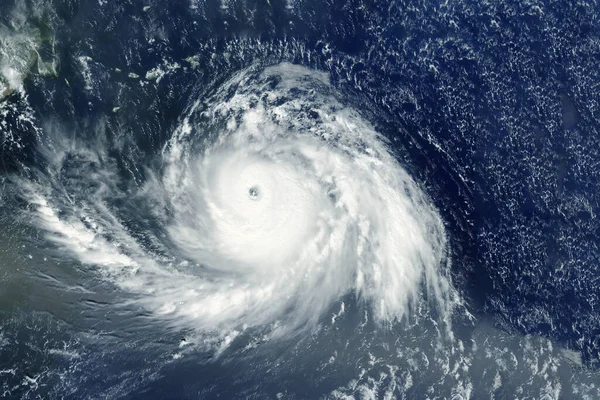
History is written at moments of calm reflection, but sometimes it’s carved in the furious winds of a storm. Hurricane Melissa is now a Category 5 system, with sustained winds of 175 mph, just as forecasters warn it may become the most devastating hurricane in the recorded history of Jamaica. In a historic and incredibly rare moment for meteorological observation, satellite imagery has captured its perfectly symmetrical eye and sprawling cloud bands.
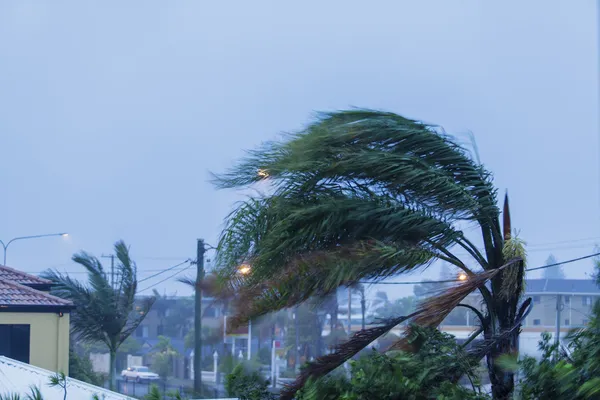
1. Storm of unprecedented force
Melissa’s central pressure has dropped to 906 millibars, which is the lowest for an Atlantic hurricane so late in the season since records began in 1979. Only two Atlantic hurricane seasons have ever spawned three Category 5 hurricanes: 2005, and now 2025, with Erin, Humberto and Melissa. “No one living there has ever experienced anything like what is about to happen,” said hurricane scientist Brian McNoldy.
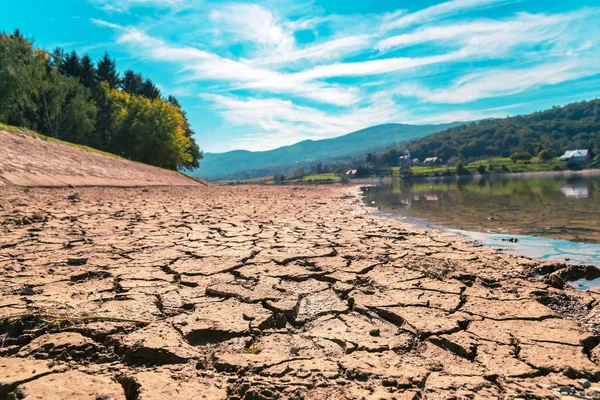
2. Climate Change’s Deadly Fingerprint
The unusually warm waters of the Caribbean will be due to climate change and 700-800 times more likely, supercharging the winds of Melissa by about 10 mph. This increase in wind can bring up to 50 percent more potential damage. “Increasing temperatures of the atmosphere is increasing how much moisture is in the atmosphere, which will allow Melissa to rain more effectively and efficiently,” said climate scientist Daniel Gilford.
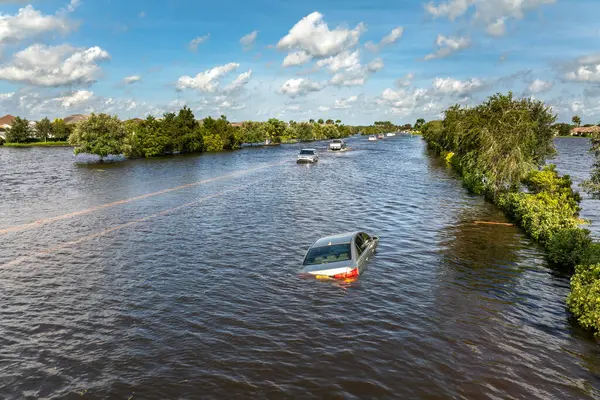
3. Jamaica Braces for Devastating Impacts
Forecasters have issued warnings of rainfall reaching as high as 30 inches island-wide, and up to 40 inches over isolated mountain areas. The storm surge might reach a maximum of 13 feet along the south coast, topped by destructive waves. “The time for preparation is all but over,” said Matthew Samuda, Jamaica’s minister of water and environment. More than 800 shelters have been opened by officials and vulnerable communities have been evacuated, but the slow-moving storm threatens prolonged exposure to extreme conditions.
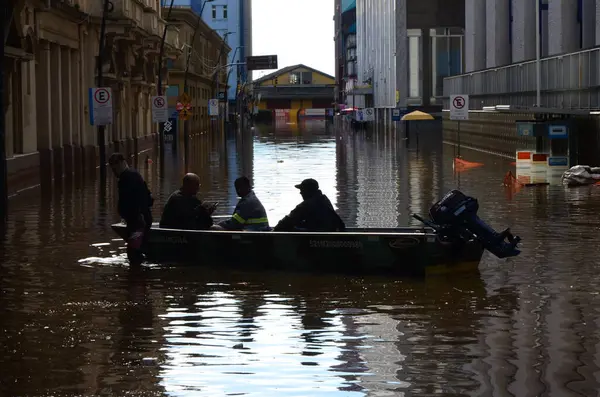
4. Regional Evacuations and International Concern
Cuba has evacuated over 500,000 people in coastal and mountainous areas, and Haiti moved thousands of people into temporary shelters after heavy rain and flooding killed at least four people in the country. The Bahamas ordered evacuations in southern and eastern islands. Cruise ships have rerouted to avoid the path of the storm, underscoring the wide-reaching impact.
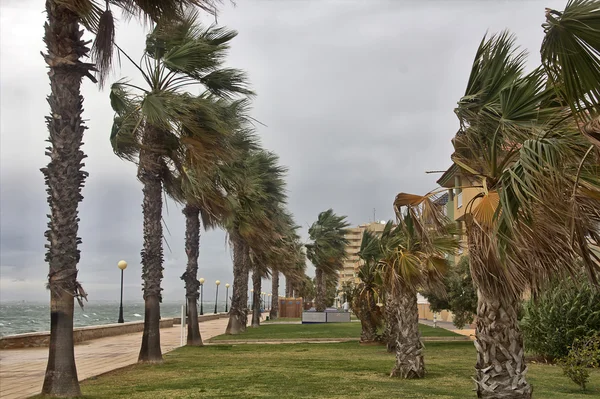
5. The Danger of Rapid Intensification
Melissa’s rapid intensification from 70 mph to Category 4 in less than 24 hours is a textbook example, and such events are now twice as likely in the Atlantic because of warming seas. That rapid escalation leaves little time for communities to adjust their preparations and compounds the danger.

6. Psychological Resilience in Crisis
Such disasters are bound to trigger heightened anxiety and fear. Mental health specialists underlined that for people it was important to stay focused on practical, controllable actions, such as keeping shelter, following official instructions, and staying in touch with family. Community cohesion-e.g., “Believe that we will get through it and we will get through it together,” as Evan Thompson of Jamaica’s Meteorological Service said-can be a steadying presence amid the chaos.
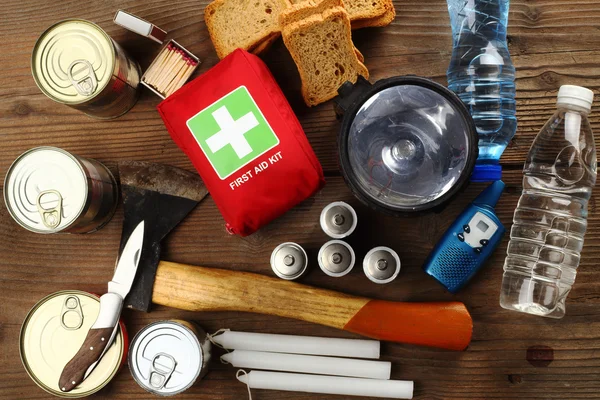
7. Best Practices for Hurricane Preparedness
Emergency planners recommend you have a disaster kit that includes water, non-perishable food, medications, and your important documents. Know your strongest available shelter and avoid traveling outside during the passage of the eye. If you’re in a flood-prone area, go to higher ground before conditions worsen.
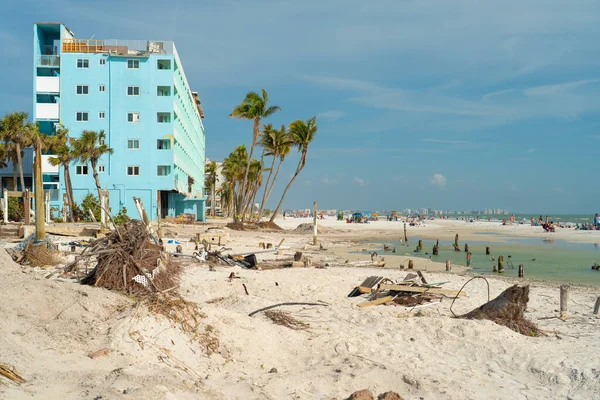
8. The Long Road Ahead
The catastrophe bond in place for Jamaica, designed to quickly unlock recovery funds in such disasters, will likely be triggered. But huge amounts of humanitarian aid will be needed across the Caribbean. From washed-out roads to prolonged power blackouts, the aftermath will challenge resilience for weeks, if not months.
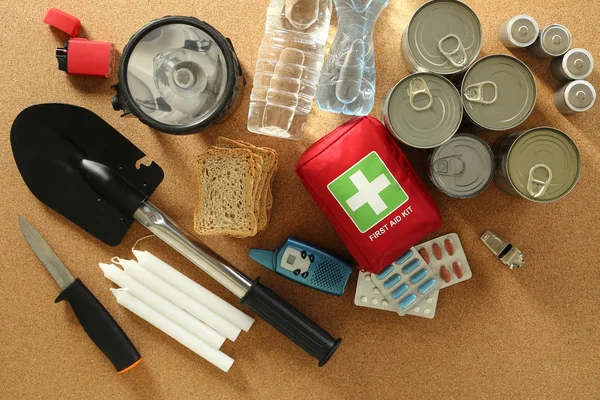
The eyewall of Melissa is closing in, and the island is poised between raw nature and human endurance. The winds will pass, the rains will subside, but it is in the collective will to rebuild-and the global resolve it takes toward taking action on the climate crisis-that this historic storm will ultimately be defined.


